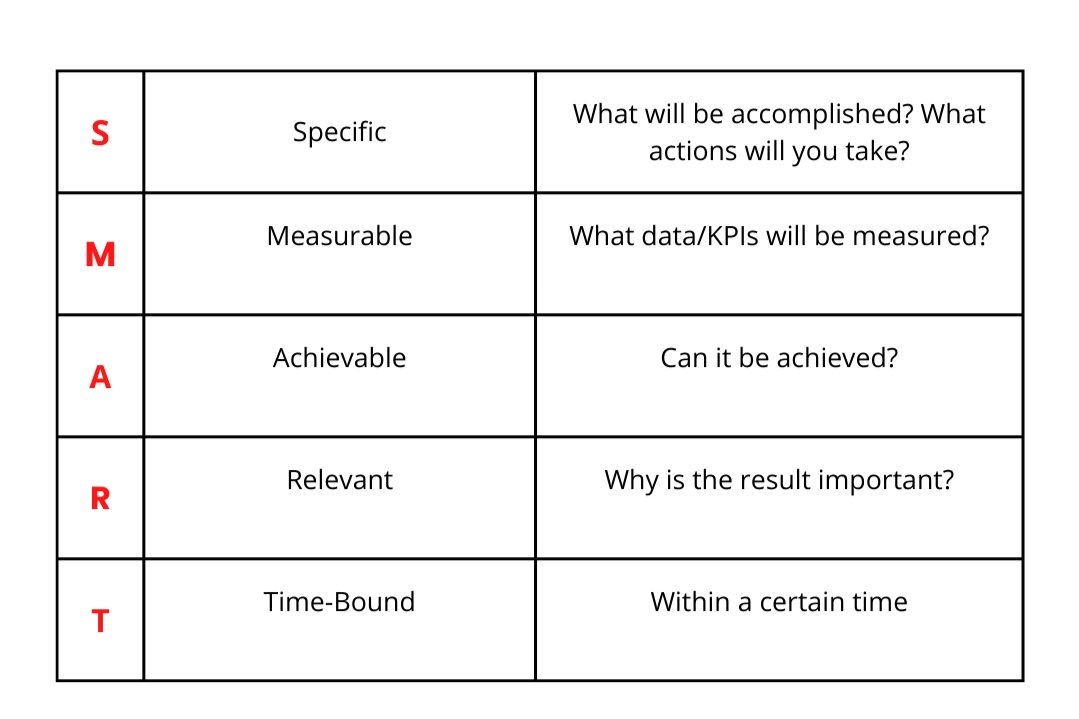Why Quarterly Planning Is Important for Your Small Business
Quarterly planning is imperative if you are a fan of efficiency and want your team to hit its goals. Quarterly planning is easier to track long-term goals over a shorter period. It's easier to track the progression of goals over 90 days than over 365 days (for an annual planning strategy). Many yearly plans can quickly become obsolete depending on what is happening in your company, your industry, and the economy.
What is Quarterly Planning?
Quarterly planning is the process of breaking up the year into four (4), three (3) month segments. In other words, your annual small business plan is broken into four (4) quarters. Quarter 1 is January, February, and March, ending on March 31. Quarter 2 is April, May, and June, ending on June 30. Quarter 3 is July, August, and September, ending on September 30, and quarter 4 is October, November, and December, ending on the last day of the year. Many businesses use the following abbreviation "Q1, Q2, Q3, Q4" for quicker reference.
Once every three months, it is essential to sit down and review the prior quarter. You will examine your wins and losses. After completing this process, you can set new goals and strategies to fulfill your annual plan.
Following a 90-day plan is a more efficient way to keep team members on track and motivated. It also allows the company to adjust its goals and strategies in a shorter amount of time. Because the world is so volatile, being able to change course every 90 days is a faster way to reach your year-end goals strategically.
Setting goals each quarter is more approachable and manageable. A quarterly plan allows a team to make short-term goals that help drive the company's long-term goals, while giving contributors a sense of ongoing progress and achievement. It is easier to divide the year into smaller segments and fulfill the company's quarterly goals.
Quarterly business planning accomplishes the following objectives:
1. Deciding the best plan of action for the upcoming quarter.
2. Establishes focus for the forthcoming three months (90 days).
3. Allows you to realign or readjust your planning practices.
4. Reset or continue goals from the previous quarter.
5. Set new strategies to accomplish your primary goals.
6. Requires teams to review targets and benchmarks.
7. Review KPIs and select new ones.
8. Review wins from the last quarter(s).
9. Identify mistakes and take action to correct them.
What to Include in a Quarterly Plan?
1. Smart Goals:
2. Focus areas for the quarter: Choose the company's most critical areas that need to be addressed for the quarter.
3. Set KPIs: A key performance indicator (KPI) is a measurable value that demonstrates how effectively a company is achieving key business objectives
Quarterly Meeting
It is best to plan a quarterly meeting session three weeks before the start of the upcoming quarter. This way, you can get all the managers together and start reviewing how the past quarter performed. You will determine what areas underperformed and what did well and adjust your plans accordingly.
We live in a very "distracted economy," and it's easy to lose focus of what needs to be accomplished "now" to reach the strategic milestones that will get us to our primary goals. Instead of waiting 12 months to go back over wins and losses from the previous year, reviewing our goals and strategies in shorter time frames makes more sense.
Quarterly small business planning is essential to keep you focused and on track. Without quarterly planning, your goals will quickly spiral out of control and fall back into the whirlwind.


